Lost Ancient Greco-Bactrian Kingdom Of 1,000 Cities
A. Sutherland – MessageToEagle.com – The Graeco-Bactrian Kingdom was located in the easternmost region of the Hellenistic world. This ancient kingdom covered Bactria (northern Afghanistan) and lands to the north (known in ancient times as Sogdiana, in present-day Turkmenistan, Uzbekistan and Tajikistan).
For at least two centuries prior to Alexander’s arrival in 330 BC, Bactria had been a prized part of the Achaemenid Empire (559-330 BC) and, before that, the Median Empire (728-559 BC).
Greek prisoners captured in wars that took place between the Achaemenids and Greeks during the 5th and 4th centuries BC were often exiled to Bactria were often taken to Bactria and as a result of this the Greek population grew larger in the region. When Alexander the Great and his army arrived in Bactria, there were already many Greeks there.
Bactrian Greeks were often employed by the Achaemenids in major battles and conscripted by Alexander for his own campaigns in the East. After the unexpected death of Alexander the Great the situation in the region changed and many of his Macedonian generals were left without a home. The kingdoms of the east were divided among Alexander the Great’s successors.
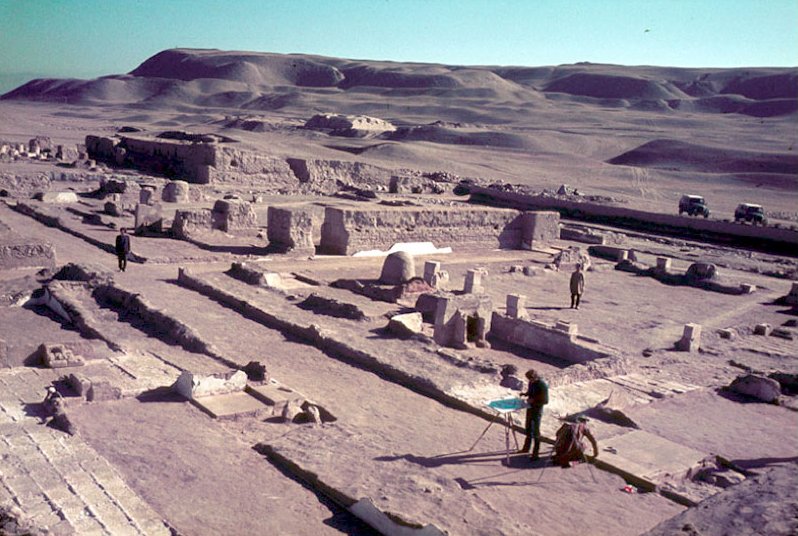
The government of Parthia was committed to Stasanor, a foreign ally because none of the Macedonians would deign to accept it. Subsequently, when the Macedonians were divided into parties by civil discord, the Parthians, with the other people of Upper Asia, followed Eumenes, and, when he was defeated, went over to Antigonus.
After his death, they were under the rule of Seleucus Nicator, and then under Antiochus and his successors, from whose great-grandson Seleucus they first revolted, in the first Punic war, when Lucius Manlius Vulso and Marcus Attilius Regulus were consuls.
For their revolt, the dispute between the two brothers, Seleucus and Antiochus, procured them impunity; for while they sought to wrest the throne from one another, they neglected to pursue the revolters.
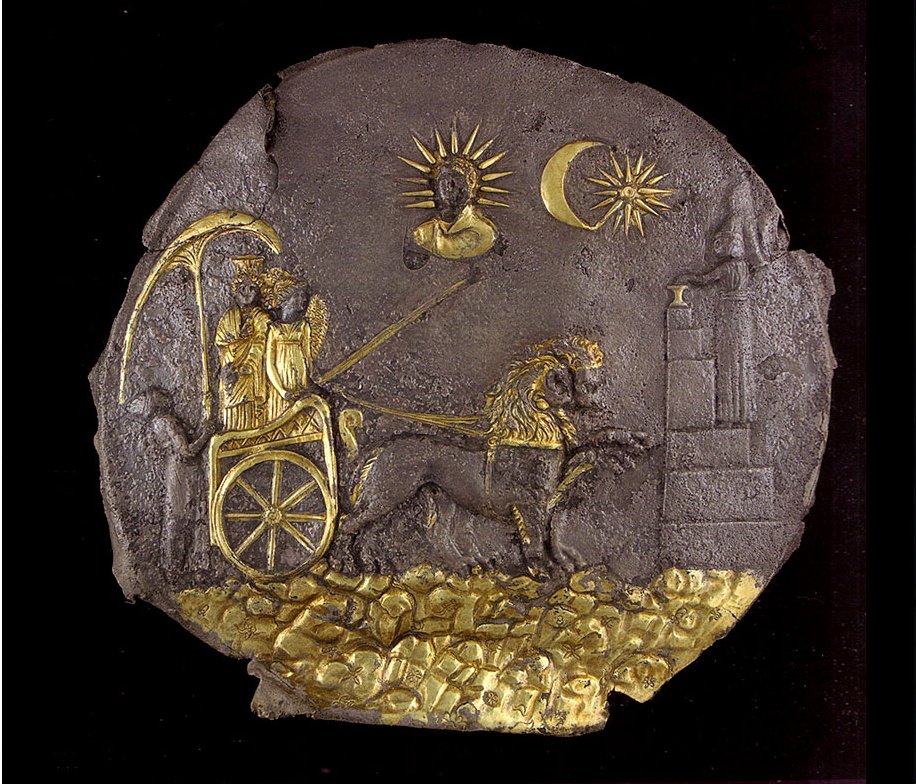
The ancient Greco-Bactrian kingdom first appeared in 250 B.C. E when the satrap Diodotos (or Theodotus in Latin) governor of the thousand cities of Bactria rebelled against his Seleucid ruler, Antiochos II assumed the title of king.
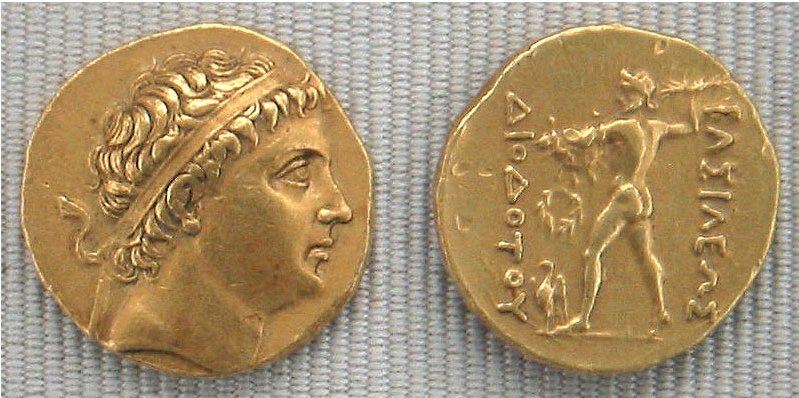
In the third century B.C, the Greco-Bactrian kingdom became so powerful that it declared independence.
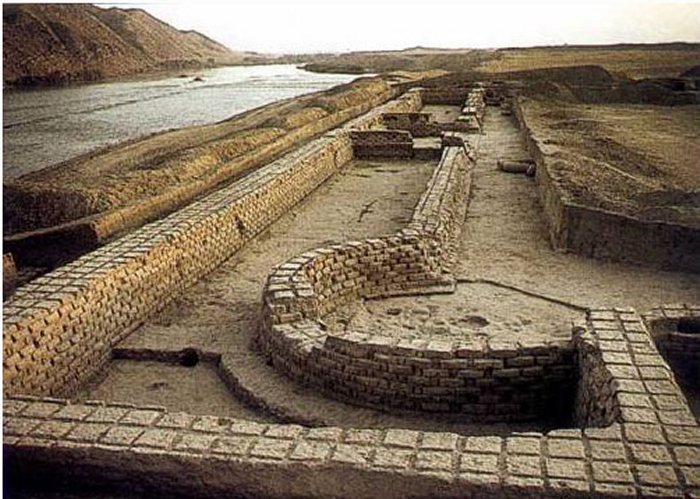
People from various nationalities such as Persians, Indians, Scythians and a number of nomadic groups all contributed to the development of an entirely unique kingdom. Greco-Bactrian art was known to be one of the finest at this time. The culture and vast wealth these nomadic warriors accumulated during their advance was documented by the jewelry, ceremonial weapons and other treasure found at the Scythian-era site, Tillia Tepe, in northwestern Afghanistan, where five princely graves yielded some 20,000 pieces of gold.
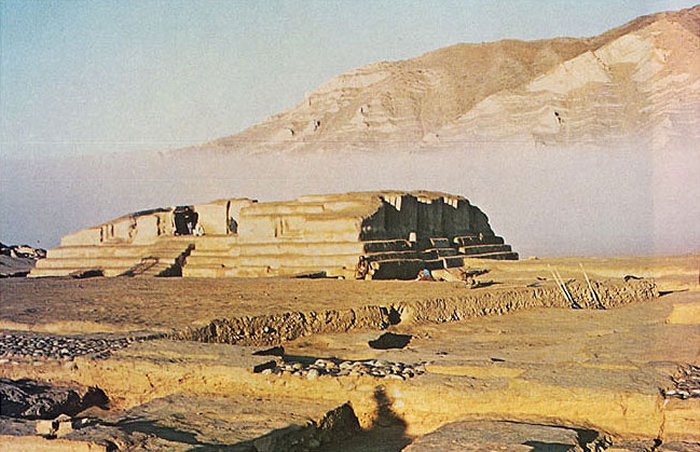
See also:
Achaemenid Empire Was The World’s Largest Ancient Empire
The Greco-Bactrian kingdom became known as the empire of 1,000 cities, but sooner or later everything ends.
In 126 BC the Chinese chronicler Zhang Qian visited Bactria (known as Daxia in Chinese) and described a kingdom that had collapsed while its large population and urban infrastructure remained:
“Daxia (Bactria) is located … south of the Gui (Oxus) river. Its people cultivate the land and have cities and houses. It has no great ruler but only a number of petty chiefs ruling the various cities. The people are poor in the use of arms and afraid of battle, but they are clever at commerce. After the Great Yuezhi moved west and attacked Daxia, the entire country came under their sway. The population of the country is large, numbering some 1,000,000 or more persons. The capital is called the city of Lanshi (Bactra) and has a market where all sorts of goods are bought and sold.”
The last Graeco-Bactrian king was Heliocles who ruled 150-125 BC and moved his capital to the Kabul Valley.
Written by – A. Sutherland – MessageToEagle.com Senior Staff Writer
Copyright © MessageToeagle.com All rights reserved. This material may not be published, broadcast, rewritten or redistributed in whole or part without the express written permission of MessageToeagle.com
Related Posts
-
 Valley of Thracian Kings With More Than 1,500 Ancient Burial Mounds
No Comments | Feb 28, 2016
Valley of Thracian Kings With More Than 1,500 Ancient Burial Mounds
No Comments | Feb 28, 2016 -
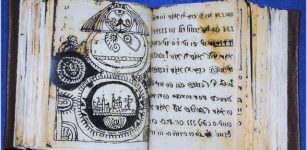 Rohonczi Codex Still Undeciphered – Is It The Most Secret Book Written In A Code?
No Comments | May 30, 2014
Rohonczi Codex Still Undeciphered – Is It The Most Secret Book Written In A Code?
No Comments | May 30, 2014 -
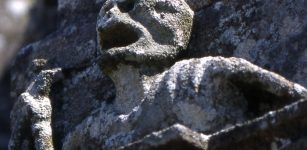 Ankou: Breton Angel Of Death That Delivers Souls To The Underworld
No Comments | Jul 19, 2021
Ankou: Breton Angel Of Death That Delivers Souls To The Underworld
No Comments | Jul 19, 2021 -
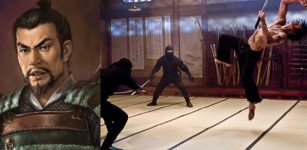 Shinobi No Mono: The Shadow Warriors And Hattori ‘The Demon’ Hanzo Of Ancient Japan
No Comments | Apr 8, 2016
Shinobi No Mono: The Shadow Warriors And Hattori ‘The Demon’ Hanzo Of Ancient Japan
No Comments | Apr 8, 2016 -
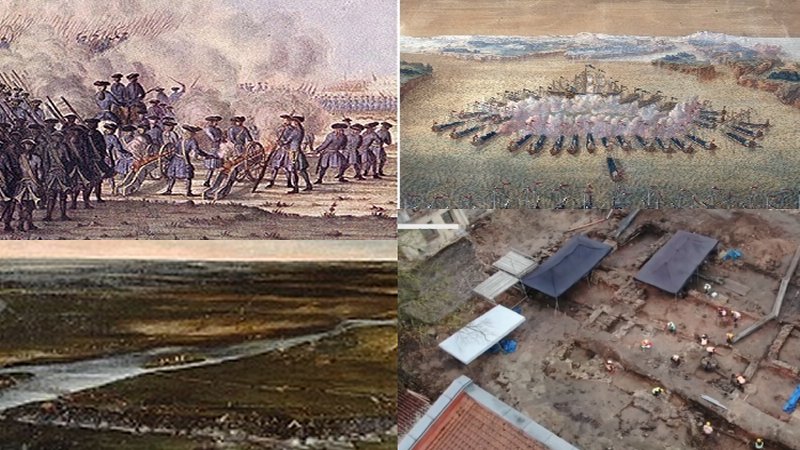 Medieval City Dating Back To The Great Northern War Discovered In Tartu, Estonia
No Comments | Jan 8, 2021
Medieval City Dating Back To The Great Northern War Discovered In Tartu, Estonia
No Comments | Jan 8, 2021 -
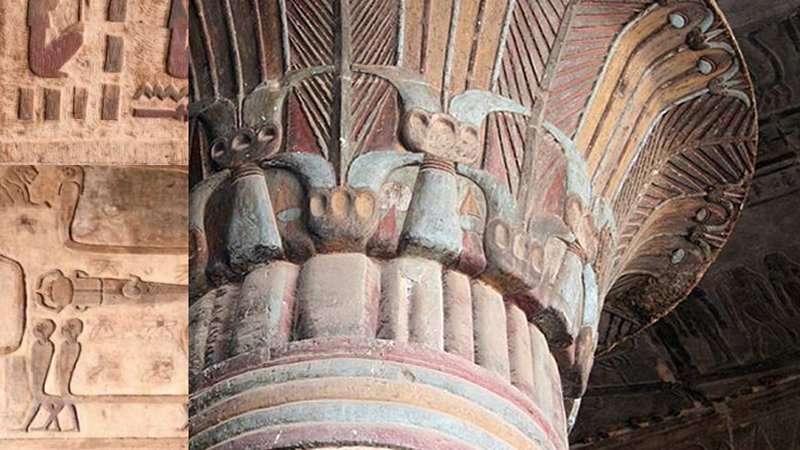 Original Colors Of 2,000-Year-Old Inscriptions At Temple Of Esna, Luxor – Revealed
No Comments | Nov 14, 2020
Original Colors Of 2,000-Year-Old Inscriptions At Temple Of Esna, Luxor – Revealed
No Comments | Nov 14, 2020 -
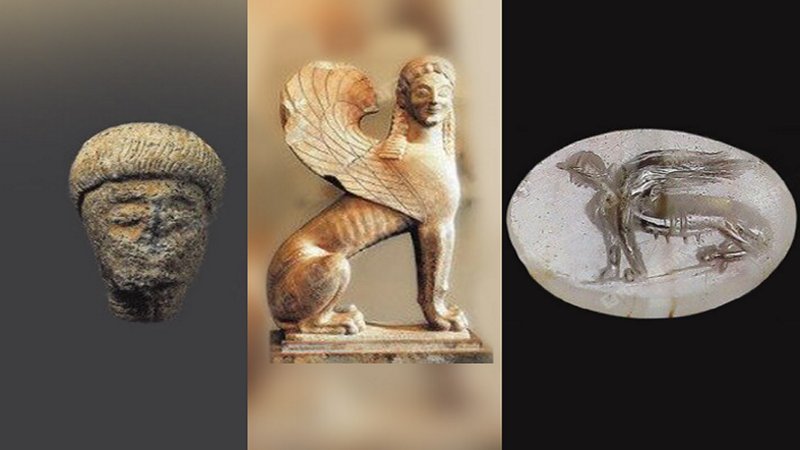 Rare Sphinx Seal Belonging To Roman Emperor Discovered In India Confirms Existence Of Legendary Muziris
No Comments | Oct 1, 2020
Rare Sphinx Seal Belonging To Roman Emperor Discovered In India Confirms Existence Of Legendary Muziris
No Comments | Oct 1, 2020 -
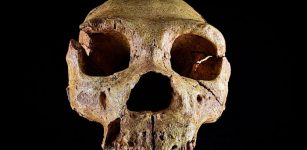 600,000-Year-Old Finds Reveal Canterbury Was Home To Britain’s Earliest Humans
No Comments | Jun 22, 2022
600,000-Year-Old Finds Reveal Canterbury Was Home To Britain’s Earliest Humans
No Comments | Jun 22, 2022 -
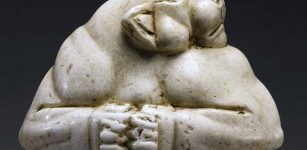 Amazing ‘Guennol Lioness’ – One Of The Greatest Ancient Works Of Art Of All Time
No Comments | Dec 27, 2015
Amazing ‘Guennol Lioness’ – One Of The Greatest Ancient Works Of Art Of All Time
No Comments | Dec 27, 2015 -
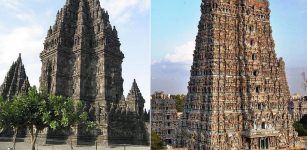 Vimana Temples – Architectural Marvel Of India
No Comments | Jul 20, 2015
Vimana Temples – Architectural Marvel Of India
No Comments | Jul 20, 2015

